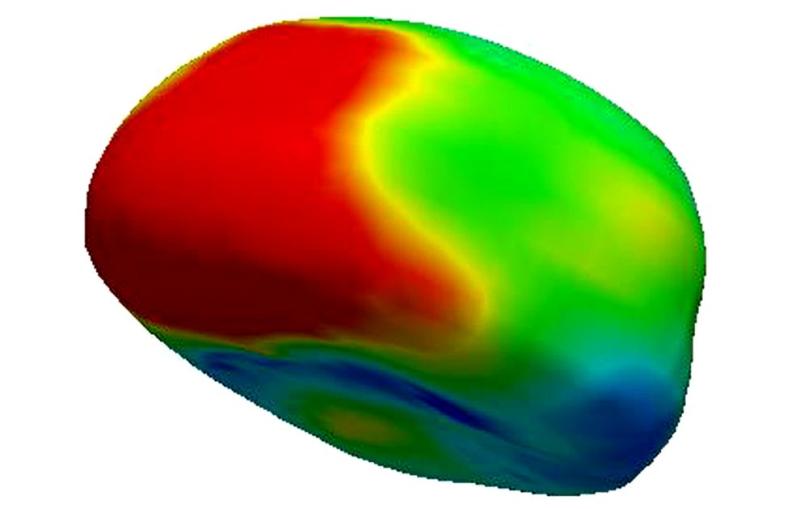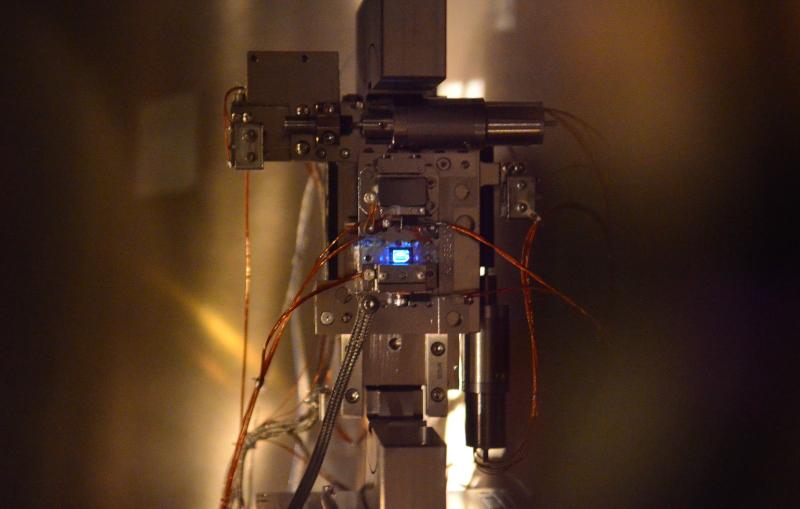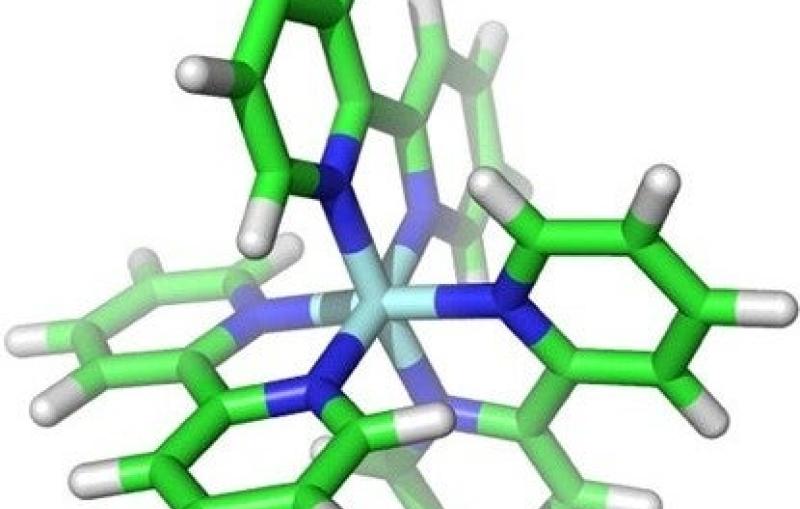


The X-ray pump-probe (XPP) instrument predominantly uses ultrashort optical laser pulses to generate transient states of matter which are subsequently probed by hard X-ray pulses from the LCLS. The X-ray pulses help to reveal structural dynamics initiated by the laser excitation at the timescale of atomic motions in solid, liquid and gaseous specimens.


